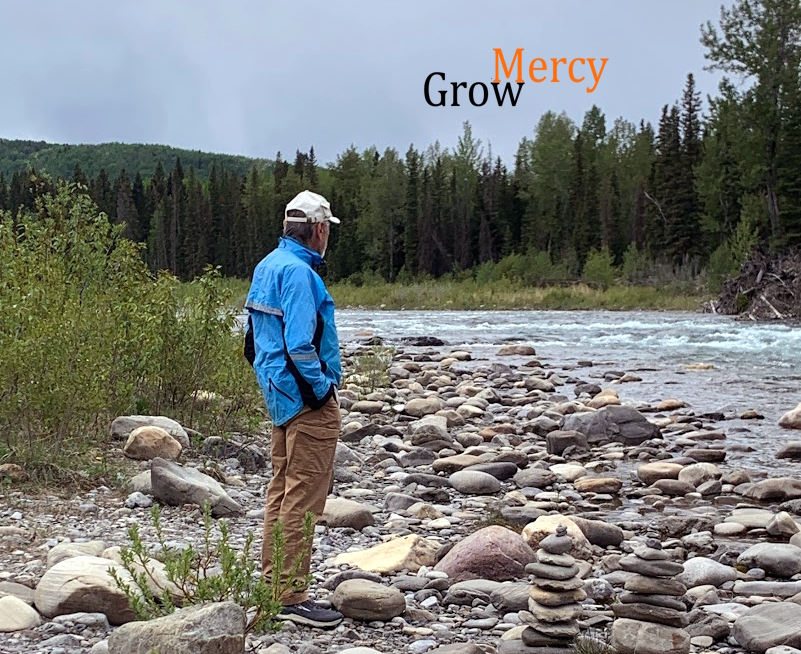A really good book isn’t comfortable. It’s probing, convicting and full of challenge without being prescriptive.
Perhaps fiction still carries this off the best precisely because it can never be prescriptive. I also find more and more that good poetry, both dark and love-soaked, from Sexton to Rumi is also revelatory and freeing. But there have always been non-fiction titles, essays, memoirs, that make the connection and move me.
![]() Without sounding like this is the right answer to a Sunday School question, the Gospels are this for me as well. But this wasn’t always the case. Quite likely because, for me at least, Sunday School and later Church, took the story and made it a code, then took the code and made it an absolute and in turn destroyed the story not realizing that the story is the only thing capable of carrying the truth.
Without sounding like this is the right answer to a Sunday School question, the Gospels are this for me as well. But this wasn’t always the case. Quite likely because, for me at least, Sunday School and later Church, took the story and made it a code, then took the code and made it an absolute and in turn destroyed the story not realizing that the story is the only thing capable of carrying the truth.
I now see the gospels as creative non-fiction. That is, behind each book is a single active imagination grappling with a piece of reality, trying to make sense of a jumble of events. But this imagination is embodied and is writing from within an historical and cultural frame, just as I read embodied and shaped within my own history and culture. The magic is that there can be a connection. The wonder is that there can be a ring of truth at depth. But this is the beauty of great creative non-fiction.
It happened for me again the other day. Reading the gospels in this way reached an area in my life that needs so much surgery that I fear I may die in the O.R. before being able to look back to say, yes, Steve, there, right there in that place where you spent so much time comparing yourself to others, working out ways where you might be seen as set apart from the hoy-poly, right there is where you now spend a little less time, time that you now spend listening and engaging in a bigger world around you.
When this happens I again become aware that the story that has reached me is much grander than I had ever dreamt. Because it’s a story not based on the exclusion of something or the expulsion of someone better or worse–as if I could actually judge that–but based on a love story. It’s a story of a mother and her baby. A story of a gathering community around a person who becomes a victim and who returns only to forgive. And of course there is nothing special about this community. It is not over-above or underneath anything.

Thanks for this understanding of the gospels and certainly of Scripture as a whole. It is certainly a grand story in which we can ind ourselves in. However it was not just the church that reduced the story to absolutes and codes but ultimately society that did this to life itself. The Modernist has done this to virtually every facet of life. We are still recovering from this mechanistic view of life. Unfortunately, we who are the church, chose to interpret Scripture through this lens. I am grateful for a new and fresh look at the Scriptures as narrative and poetry. Even the epistles must be read through the narrative lens in order to understand the larger story. Grace, Graham
Thanks for your comment Graham, and you are quite right. Modernism, spawned by the Enlightenment, sought to ground all disciplines and all human knowledge through “proof statements” and ended leaving us atrophied in systems. The church’s error, easy enough to see now, was in adopting the modernist method. Modernism is a hangover we are still suffering from. But the lingering allure of modernism still intoxicates too many churches. It’s refreshing to know there are pastors and churches moving free of the machine.